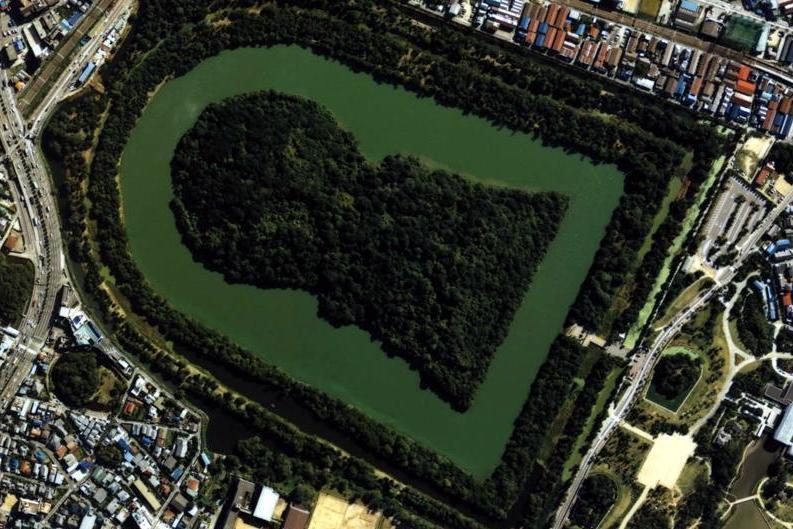Japan bids for Unesco World Heritage status for ancient tombs that could hold embarrassing secrets
Archeologists say the tombs should be opened up for research before they are promoted to visitors

Your support helps us to tell the story
From reproductive rights to climate change to Big Tech, The Independent is on the ground when the story is developing. Whether it's investigating the financials of Elon Musk's pro-Trump PAC or producing our latest documentary, 'The A Word', which shines a light on the American women fighting for reproductive rights, we know how important it is to parse out the facts from the messaging.
At such a critical moment in US history, we need reporters on the ground. Your donation allows us to keep sending journalists to speak to both sides of the story.
The Independent is trusted by Americans across the entire political spectrum. And unlike many other quality news outlets, we choose not to lock Americans out of our reporting and analysis with paywalls. We believe quality journalism should be available to everyone, paid for by those who can afford it.
Your support makes all the difference.A Japanese bid to secure Unesco World Heritage status for 49 ancient tombs, could lead to embarrassing secrets about the country's imperial history being uncovered.
The government has nominated burial mounds in the southern Osaka prefecture for the distinction, which would boost the region's international prestige and attract tourists.
The application has been opposed by some archaeologists, who are banned from entering or excavating the sites. They say the tombs should be opened up for research before they are promoted to visitors.
The tombs, known as "Kofun", are thought to have been built between the late fourth and early sixth century. But there is a dispute about who exactly lies buried within some of them.
Japan's Imperial Household Agency, a branch of government which oversees the matters of its imperial family, has designated 188 mounds nationwide as imperial graves. It says they hold the remains of emperors and other senior members of the imperial family.
But according to The Times, historians believe some of the tombs are incorrectly attributed and may not contain emperors at all.
Considered to be largest grave in the world, the Daisen Kofun, a 486m moated tomb in the city of Sakai, is among those which form part of the Unseco application. It is commonly held to have been built for the late Emperor Nintoku, Japan's 16th ruler, but some archaeologists have questioned this.
The controversy has also raised sensitive questions about the ethnic origins of the imperial family.
Some academics believe early Japanese rulers intermarried with people from regions that now form Korea and China. This would contradict the official version of Japanese history, which draws an unbroken line of emperors back to the mythical Jimmu in 660BC.
The tombs being listed as World Heritage sites would likely raise international interest in their contents and increase calls for access for scientific studies, potentially leading to the lid being lifted on their secrets.
The sites are currently closed to archaeologists, as well as members of the public, to preserve their "serenity and dignity".
"Academic study is essential," said Noboru Toike, a history professor at Tokyo's Seijo University who opposed the Unesco bid. "It is wrong to present them to the world without knowing their value, such as when they were built, and for whom.
"If you want to use them as tourist sites you should do the research first. This is the wrong way round."
Japan will submit a provisional application to Unesco followed by a full, final bid in January.
The nominated tombs - known as the Mozu-Furuichi Kofun Group - will then be visited by the International Council on Monuments and Sites, which advises the World Heritage Committee, in 2018.
The panel will deliver a report in 2019 before Unesco makes a decision on whether to list them as World Heritage sites later that year.
The designation is estimated be worth 100 billion yen (£711 million) a year for Osaka Prefecture, according to the Japan Times.
Join our commenting forum
Join thought-provoking conversations, follow other Independent readers and see their replies
Comments